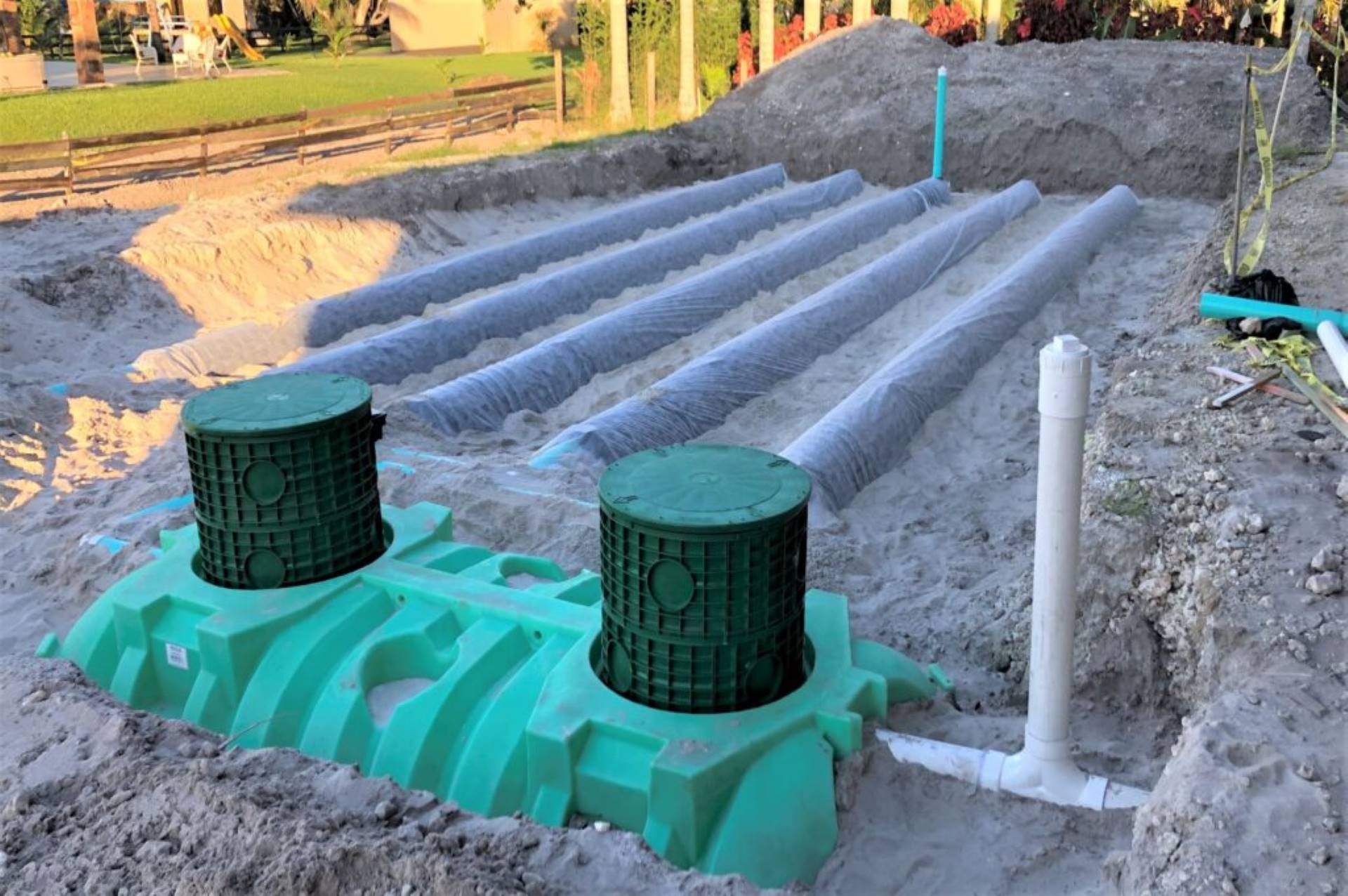When you’re on a mission to create a great indoor setup for cultivating cannabis, one of the critical decisions to

Introduction
When it rains, water falls on the roof and flows into the downspouts and gutters. Then it’s finally directed to the ground. Where this water flows from here will depend on the drainage plan design. So, a drainage plan refers to the proposed technique of controlling rainwater on your lot. This helps to prevent the runoff from flowing into the adjoining property or flooding your yard.
Besides, most counties in California require drainage plans when you’re undertaking a new construction project. But, why is this so important? Well, we’ll tell you all about it in this article! First, here is what you need to know about drainage plans.
As we’ve already mentioned, a drainage plan is the proposed approach for containing and controlling surface runoff in your yard. In California, drainage plans are required to control the increased amount of runoff from rainwater. This increase in surface runoff usually occurs in the construction of a new structure on that property.
Creating a drainage plan involves the implementation of a land grading program. Grading your land area properly will ensure that rainwater flows away from every structure on your property efficiently. After establishing the drainage plan, excavators and other machinery will be used to grand the land according to the specifications.
A proper drainage system will prevent water from damaging structures in your lot. Moreover, it protects the environment by preventing soil erosion which can be caused by poor drainage.
Almost every new structure increases the amount of water running off your property after heavy rainfall. Besides, activities like land grading eliminate depressions and natural pockets in the soil. The role of these pockets is to hold water until the soil absorbs it. Therefore, eliminating them will cause the water to runoff, instead of being absorbed into the soil.
Similarly, such activities remove trees, bushes, and other vegetation. As a result, the amount of water that’s absorbed by roots is reduced. In addition, the construction of a house, driveway, pathways, and other impervious surfaces, prevent the underlying soil from absorbing surface water. The same case applies to a grass lawn since it is less absorbent than bare land. Not to forget other activities like driving trucks over the ground compacts the surface.
All these factors affect the native soil’s ability to absorb water from rainfall. As a result, the excess water will ‘pool’ or ‘stand’ on the surface, if the land area doesn’t have sufficient drainage systems. Worst of all, the pooling can spill over into the adjoining property or the crawl space.
On the bright side, a drainage plan will demonstrate how this issue has been addressed. Besides, this type of plan is required by the building department before a construction permit is issued. This applies when you’re planning to enlarge an existing structure or build a new structure.
Most homeowners use downspouts to direct the stormwater runoff from the roof into dry wells. To use this method, you have to submit a Plot Plan, which should include a pre-approved drainage plan.
At the same time, this method can only be used if you meet the following criteria;
These guidelines help to simplify the evaluation of drainage plans. If your site meets the guidelines of this method, make sure the site plan clearly shows how the surface runoff flows. That will be enough to act as a drainage plan. In that case, you don’t need further drainage plans or evaluations, so your permit will not be delayed.
If you don’t prefer using dry wells or if your soil isn’t sufficiently permeable, there are alternative drainage plans you can use. For instance, you can use infiltration trenches retention berms. Alternatively, you can direct the stormwater runoff into underground storage tanks or detention ponds.
However, to use an alternative method, the proposed development has to be assessed for its impact on stormwater runoff. Also, the Building Division must inspect the drainage system design before certifying the building for occupancy. More notably, a licensed expert in civil engineering has to provide a certification letter indicating that the site topography and soil permeability will not increase the stormwater runoff.
In general, drainage plan requirements can be grouped into 3 categories, depending on your situation. These categories include;
Note, the Road Department must approve all drainage plans before a construction permit is issued.
Final Word
Having a Drainage Plan is very essential when it comes to controlling and containing stormwater runoff in your property. However, the plan must be comprehensive and include all the relevant details for it to be effective. If implemented properly, it will play an important role in your site pollution prevention and environmental management plan.
About Author
InnoDez